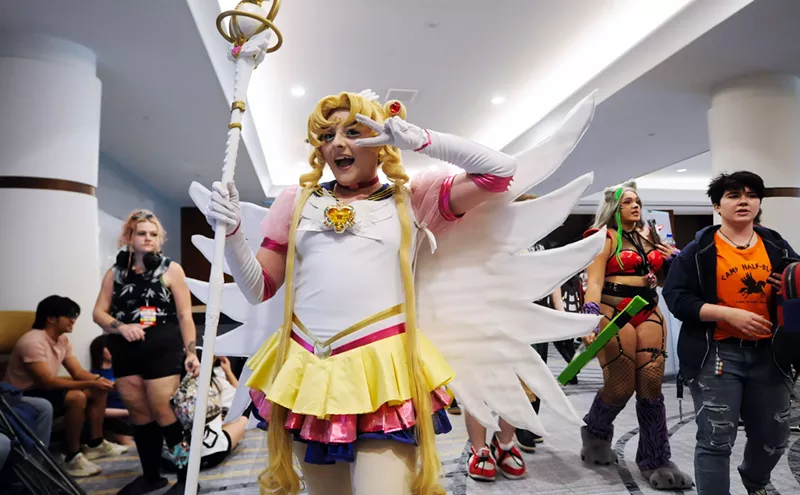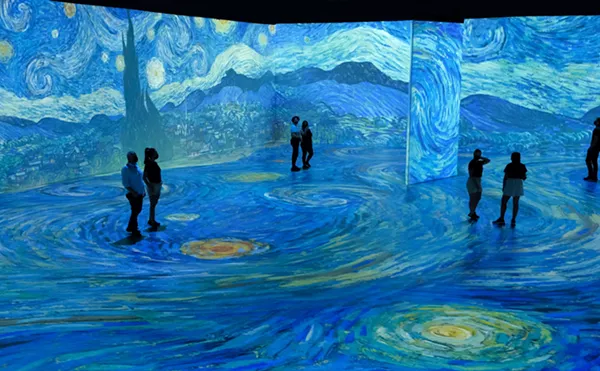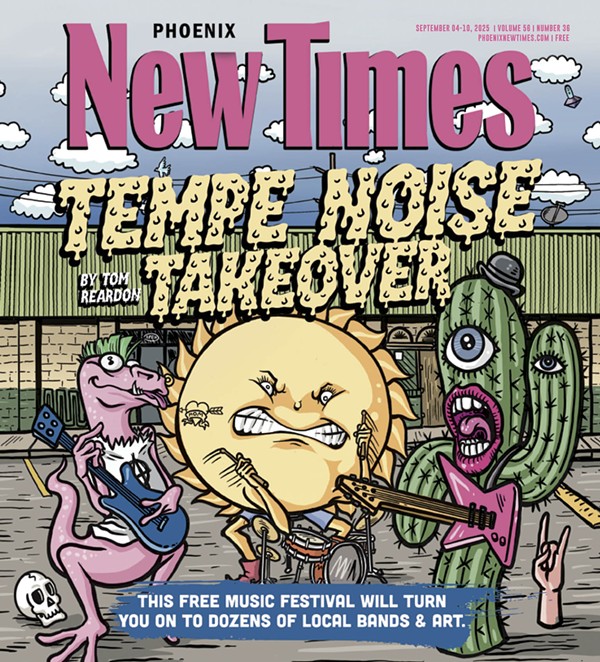Maybe you can see it as both: the interactive parts as Game, the non-interactive parts as Cinema. But if that’s the case, how do you judge it? Two review scores, one for each part? Or one score that covers the overall entertainment value? If there’s one thing Metal Gear Solid 4: Guns of the Patriots unarguably accomplishes, it’s raising these kinds of questions.
Assuming you don’t skip the frequent and lengthy cutscenes, you do indeed spend more time watching MGS4 than playing it. Those scenes, along with extensive dialogue, have always been the series’ trademark, but MGS4 pushes it to an unprecedented level. It regularly subjects the “player” to scenes that run as long as a television show, some even as long as an actual movie — complete with intermissions that give you a chance to save your “game.”
For devoted fans of the MGS saga’s story, this might be thrilling; for purists interested in gameplay, it’s a shameless, self-indulgent exercise in wanton artistic excess. And the nagging absurdity is that many of the game’s cinematic sequences easily could have been — should have been — gameplay.
The clearest example: following the series’ tradition, the game ends with a fistfight. But when the fisticuffs begin, they’re not interactive. The player simply watches a virtual brawl -- for five whole minutes -- before abruptly being handed the controls, as if the game snapped itself out of a masturbatory stupor and realized. “Oh, I guess we can let you do this part.”
But even judging it as passive entertainment, MGS4’s story suffocates under its own bulk like a beached whale. Ask yourself whether the Matrix movies got better as they went, or just sillier and more Byzantine: your answer is a fair predictor of how you’ll react to MGS4's narrative. The game’s producer, Hideo Kojima, has gotten himself so hopelessly lost in his own labyrinthine plot, he shamelessly resorts to resurrecting a character in the last act just to give him a boost over the wall to escape. Yet despite all the gymnastics in tying up every loose end (however clumsily), the writers cop out at the last moment, leaving what was portrayed as the conclusion of the MGS saga wide open for sequels. It opens more doors than it closes.
And about MGS4’s gameplay: It’s mediocre and routine. A feature pushed heavily in the game’s promotion — Snake’s chameleon-like OctoCamo suit — is a red herring, always available and requiring nothing of the player, thus a mere visual effect. And the gameplay — just like the story — feels overly complicated, bogged down by a slavish devotion to the past and thus inscrutable to the uninitiated.
How do you evaluate a game like this? It’s a tricky endeavor, but at least in this case, it doesn’t really matter. MGS4 falls short by any measure.











